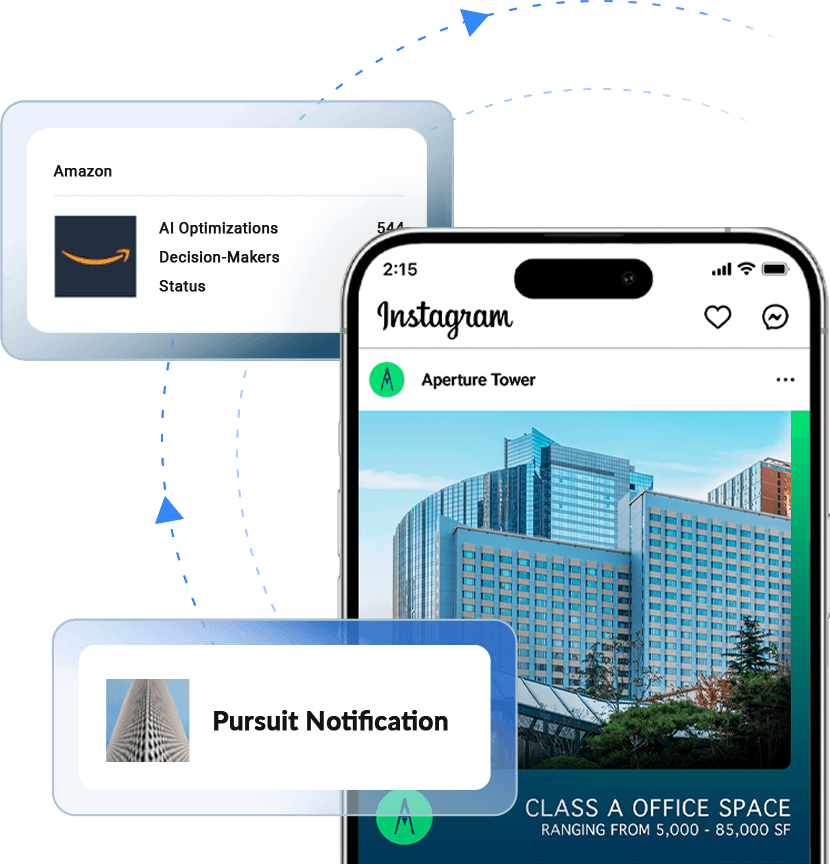What Worked Five Years Ago Isn’t Working Today
Commercial real estate has always moved in cycles, but the last five years have triggered a fundamental shift, not only in market demand but in how leasing actually gets done. Brokers are juggling more listings with less time, marketing teams are stretched thin across multiple assets, ownership wants real-time leasing insights, and tenants and brokers alike are spending more time online than ever.
In this environment, high-performing teams are rethinking how they market space—not just at launch, but throughout the full lifecycle of a listing. Here’s how leasing teams are adapting to these new realities.
Automating Visibility, Not Just Creating Content

Traditional CRE marketing tends to be reactive: listings go live, flyers get created, and promotion depends on available bandwidth. However, this approach doesn’t scale and doesn’t align with how brokers consume information today. To stay competitive, leasing teams need strategies that match the digital habits of their audience and sustain visibility beyond the initial marketing push.
To stay competitive, leasing teams are shifting toward automating visibility—not to replace creativity, but to maintain consistent, daily presence in key digital channels like LinkedIn, Google, and Instagram. This automation reduces manual workload and ensures listings remain top of mind.
Aligning With Broker Workflows, Not Competing Against Them
Brokers need visibility solutions that complement their outreach—not generic decks or collateral. With listing timelines tightening, support must be tangible and integrated. Embedding automated, targeted strategies into broker workflows helps listings stay relevant and visible, even when brokers are managing multiple priorities.
Measuring the Metrics That Matter
Old-school metrics like email open rates no longer capture marketing’s real impact on leasing. According to HubSpot, it takes an average of 8 to 12 touchpoints to convert a prospect into a sale in complex B2B markets like commercial real estate. Meanwhile, salesforce highlights that companies adopting marketing automation experience a 14.5% increase in sales productivity and a 12.2% reduction in marketing overhead. Real-time tracking of impressions, engagement, and geographic reach allows leasing teams to prioritize follow-ups and give ownership transparent insights on performance.
Planning for What’s Next, Not Just What’s Now
Hybrid work models, rising tenant expectations, and growing competition are reshaping CRE faster than ever. The most effective teams aren’t just reacting—they’re anticipating. Scalable solutions make it possible to sustain digital strategies across asset types, portfolios, and markets whether promoting a spec suite, managing renewals, or running a national campaigns, keeping properties visible even when internal bandwidth is limited.

